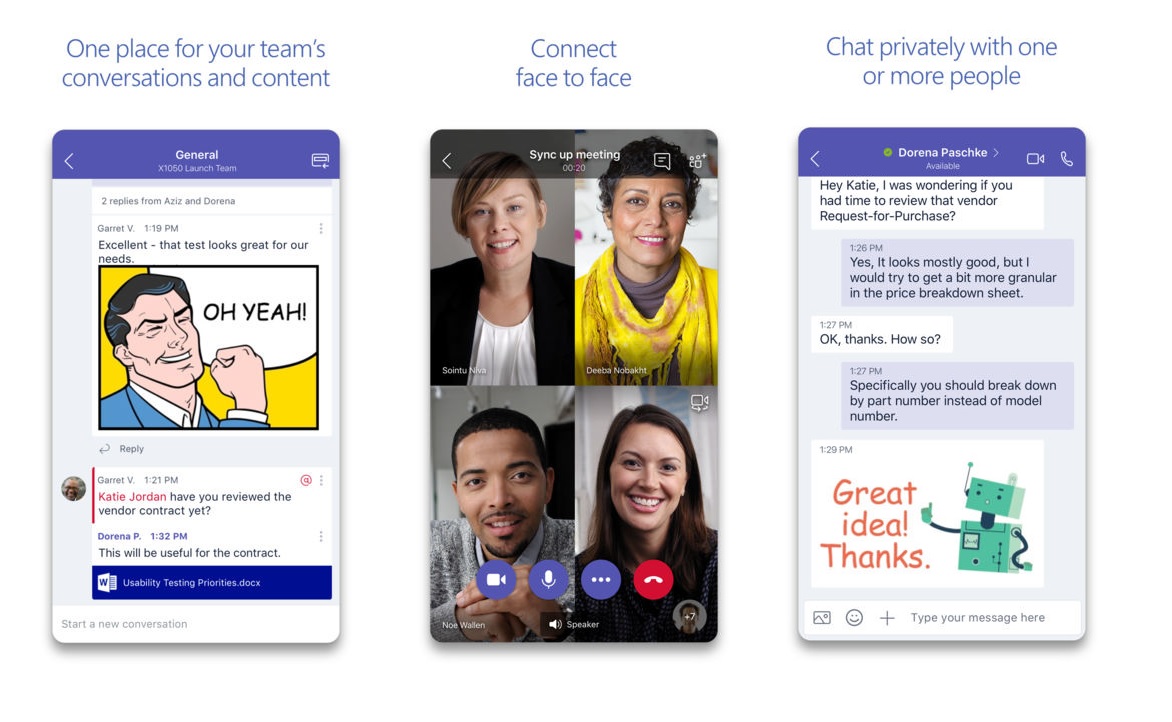

The mission statement is now ‘to empower every person and every organization on the planet to achieve more’.

It used to be a company focused on skilled ‘knowledge workers’, with the slogan ‘A computer on every desk and in every home’. There’s been something of a sea change at Microsoft over the past few years. But the desktop isn’t the only way to access Teams: it’s available on iOS and on Android via Apple’s and Google’s respective app stores, with a very different set of use cases from the desktop. It’s built using web technologies, with a browser client and desktop tool that’s running in GitHub’s Electron HTML and JavaScript runtime.

Microsoft Teams has become an important part of its Microsoft 365 service, building on the Microsoft Graph and offering a web-based rendering environment for applications. SEE: Office 365: A guide for tech and business leaders (free PDF) (TechRepublic) Must-read Windows coverageĭefend your network with Microsoft outside-in security services They’re powerful platforms, with APIs that allow you to build and deploy apps and services right alongside chats. Collaboration tools like Slack and Teams have become key to remote work, offering shared spaces for working on specific projects, hanging out with co-workers, and taking part in voice and video meetings.


 0 kommentar(er)
0 kommentar(er)
